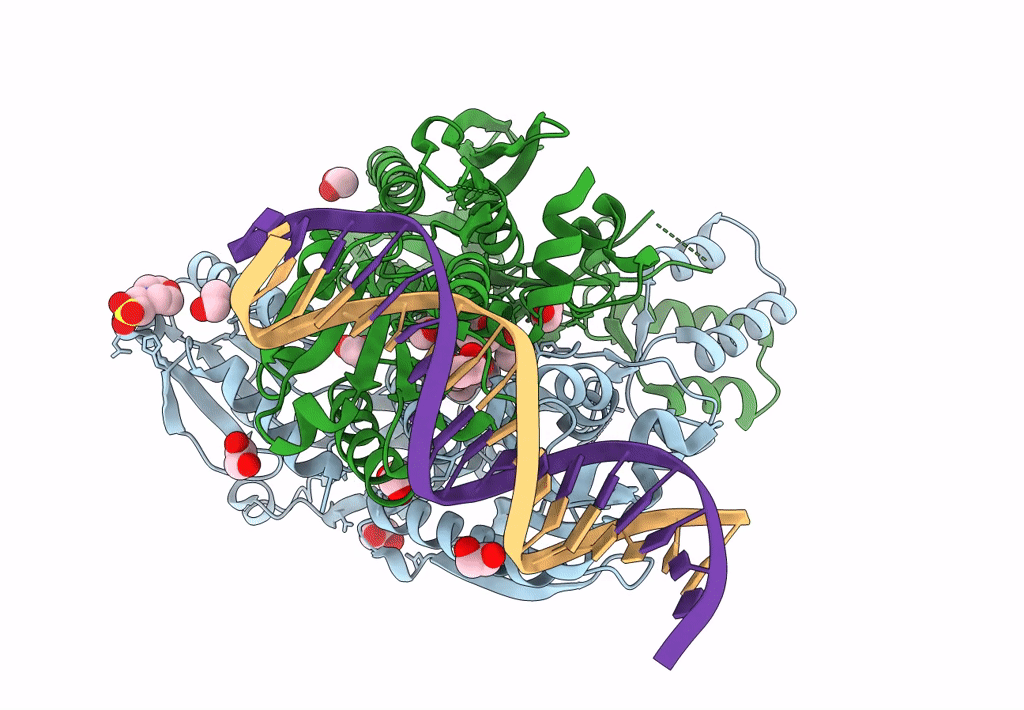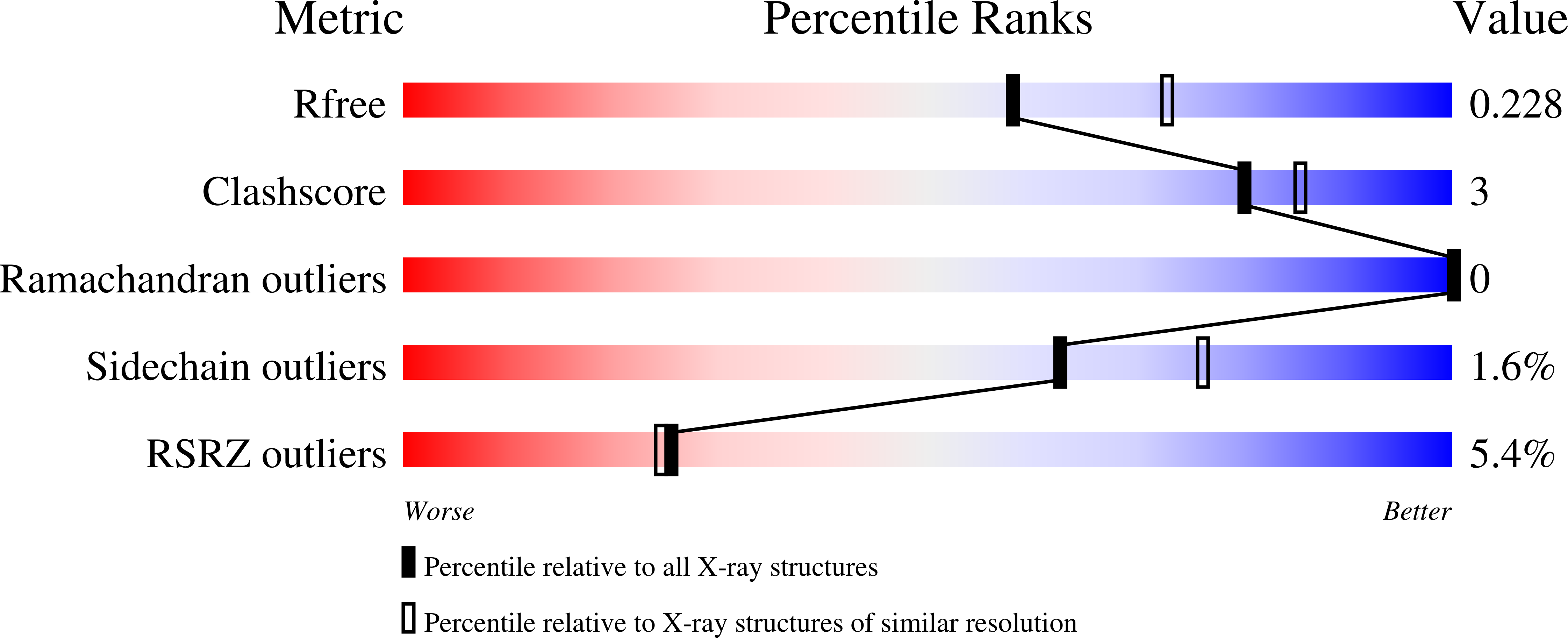
Deposition Date
2022-11-16
Release Date
2023-08-09
Last Version Date
2023-10-25
Entry Detail
PDB ID:
8F69
Keywords:
Title:
Crystal structure of murine PolG2 dimer bound to DNA
Biological Source:
Source Organism:
Mus musculus (Taxon ID: 10090)
Homo sapiens (Taxon ID: 9606)
Homo sapiens (Taxon ID: 9606)
Host Organism:
Method Details:
Experimental Method:
Resolution:
2.20 Å
R-Value Free:
0.22
R-Value Work:
0.19
R-Value Observed:
0.19
Space Group:
P 41 21 2


